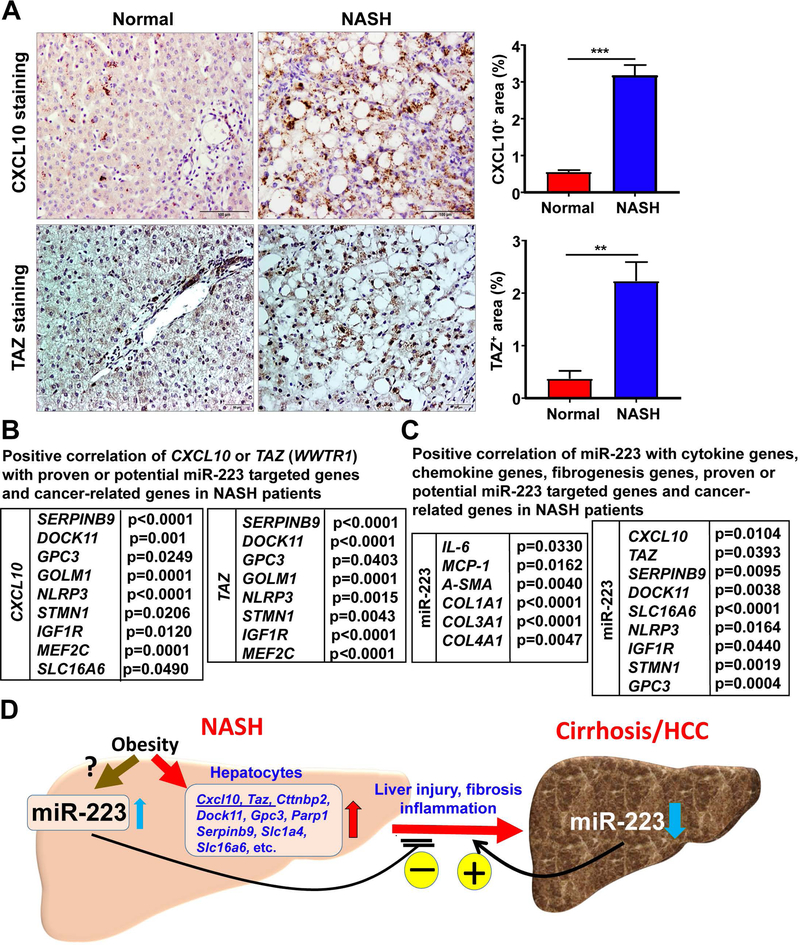Figure 8. Several potential targets of miR-223 positively correlate with CXCL10 and TAZ expression in NASH patients.
(A) Normal liver and NASH samples were subjected to immunohistochemistry analysis of CXCL10 and TAZ. Representative images are shown, and quantification of CXCL10+ and TAZ+ area per field was performed. Values represent means ± SEM. **P< 0.01, ***P< 0.001 as indicated. (B) The gene expression profiles in healthy control liver, fatty liver, and NASH patients were obtained from published microarray data (the accession number E-MEXP-3291 [http://www.webcitation.org/5zyojNu7T]). Positive correlation of CXCL10 or TAZ with several proven or potential miR-223 targeted genes and cancer-related genes in NASH patient liver samples. P value is indicated. (C) Gene expression profiles in the livers of normal (n=10) and NASH (n=14) patients were analyzed by RT-qPCR. Positive correlation of miR-223 with cytokine, chemokine, and fibrogenic genes, and proven or potential miR-223 targeted genes and cancer-related gene in NASH patients. P value is indicated. (D) A model depicting the critical role of miR-223 in controlling the progression of NASH. Obesity associated fatty liver upregulates miR-223, which subsequently attenuates many downstream target genes including pro-inflammatory and oncogenic genes, thereby ameliorating NASH progression. In contrast, miR-223 is markedly downregulated in HCC. Such downregulation of miR-223 accelerates HCC progression. Thus, miR-223 is a critical regulator of NASH progression and could be a novel therapeutic target for the treatment of NASH and liver cancer.

